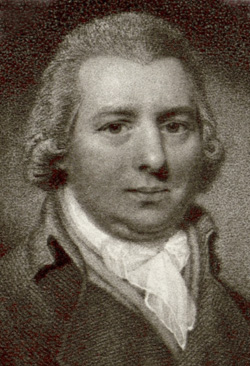Product successfully added to your shopping cart
There are 0 items in your cart. There is 1 item in your cart.
Total products
Antique Maps by William Curtis (*1746 - †1799)

William Curtis, a botanical writer, was born 1746 in Alton, Hampshire. He served his apprenticeship as an apothecary to his grandfather, and while in that situation cultivated botany with eagerness. At the age of twenty he came to London and entered into the service of Mr. Talwin of Gracechurch street, to whose business he succeeded. His love to botany, however, induced him to give up the shop, and he became a lecturer and demonstrator in his favourite science. His first garden was at Bermondsey, and afterwards he occupied a more extensive one at Lambeth, which he exchanged for another at Brompton. In 1771 he published Instructions for collecting and preserving insects, and in the following year a translation of the Fundamenta Entomologiae of Linnaeus, with the title of an Introduction to the knowledge of Insects. In 1777 appeared the first number of his Flora Londinensis, which was completed in six fasciculi of seventy-two plates each. The work was followed by the Botanical Magazine in monthly numbers. In 1782 he published a history of the brown tailed moth; beside which he wrote Practical Observations on British grasses, and some papers in the transactions of the Linnaean Society of which he was a member. He died in 1799, and was buried at Battersea; after his death his lectures were published with coloured plates. (Watkins, J. The universal biographical dictionary. New ed. 1821.)
